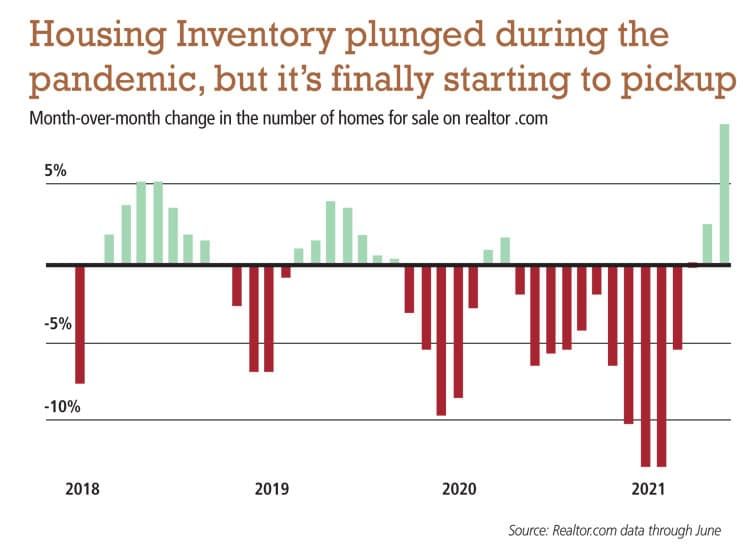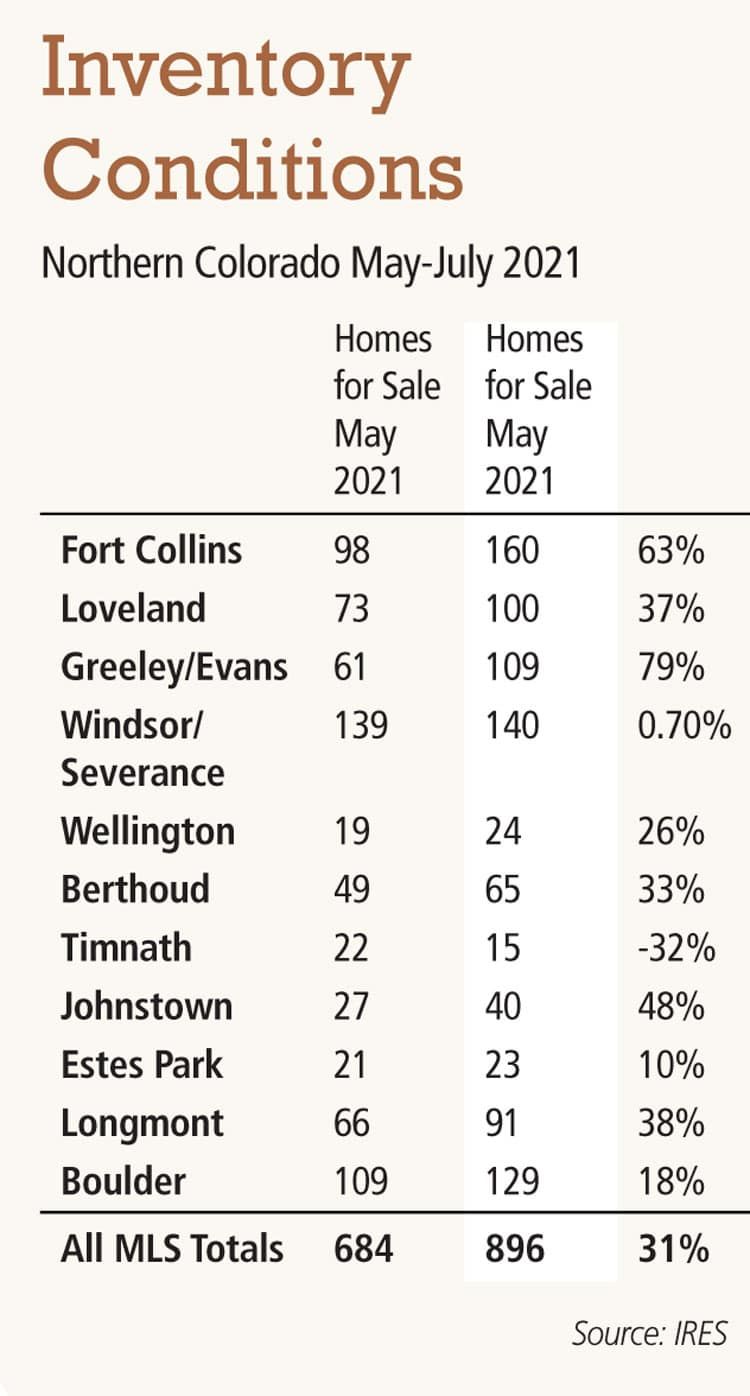Wells: Is seasonality finally coming back to the market?


Well before the pandemic was impacting the real estate market, we were discussing ad nauseum the long-standing concerns over housing inventory. It is well documented, in this column and elsewhere, that America’s housing market has been significantly underbuilt since the Great Recession.
Now with summer winding down, there are strong indicators that traditional seasonality in the real estate market has returned in Northern Colorado. Before we dig into why it’s coming back, here is some perspective about how and why seasonality went away.
When COVID-19 hit in March 2020, we experienced incredible uncertainty in the real estate sector as people braced for the worst in both the U.S. and global economies. How catastrophic would the financial impact be from a business shutdown, and would governments across the world step in to provide support?
SPONSORED CONTENT
By and large, the pandemic has been incredibly disruptive to many industries, from unemployment, labor shortages, supply chain disruptions, etc. But by many economists’ accounts, it hasn’t been as bad as predicted.
Perhaps the most significant impact on real estate has been the alterations in fundamental living and working arrangements — by necessity for many and by choice for some. The combination of low interest rates along with life-altering perspectives prompted buyers to move around, up, down, and all around.
The “Great Reshuffle” has created something that very few could have projected. U.S. homeowners and prospective homeowners bought, swapped, and sold at rates we have never seen. This behavior was due in large part to consumers taking control of one thing in a very confusing or uncertain period: Where they call home!
These changes have pushed prices across the country through the roof, leaving many to question the stability of the U.S. housing market. The National Association of Realtors recorded single-family residential price increases of 24.4% year-over-year through June.
As we have also discussed, time and time again, the underlying fundamentals of borrowers and responsible usage of credit is at an all-time high. Foreclosures are extremely low (many might argue due to eviction moratoriums), but in Larimer County we have a 30-to-90 day mortgage delinquency rate of .04%, and Weld County is at 1.1%, compared to a national average of 1%. This data is the lowest on record nationally and by county, according to the National Mortgage Database.
The pandemic also completely shifted the concept of seasonality in the residential real estate markets. Traditionally, markets follow a bell curve of seasonal demand that is defined by the start and stop dates tied to public education schedules. But in 2020, there was very little seasonality shift in the market for both inventory and homes sold. This could be due in part to the remote nature of public education last year.
Nationwide and regionally, inventory plummeted during the pandemic, but it has started to pick back up, in line with a more seasonal trajectory. Fort Collins saw increases of detached homes for sale (inventory) of 63% from May to July. Loveland inventory increased 37% May to July, and Greeley/Evans jumped 79%; Windsor/Severance as an outlier at 0.7%. (See Chart For More Areas)
These are healthy signs in our white-hot housing market that markets are regulating themselves. We are confident it means that real estate seasonality is back in Northern Colorado — a positive trend for our community — and we’ll continue to analyze these market forces in the coming months.

Brandon Wells is president of The Group Inc. Real Estate, founded in Fort Collins in 1976 with six locations in Northern Colorado. He can be reached at bwells@thegroupinc.com or 970-430-6463.

Well before the pandemic was impacting the real estate market, we were discussing ad nauseum the long-standing concerns over housing inventory. It is well documented, in this column and elsewhere, that America’s housing market has been significantly underbuilt since the Great Recession.
Now with summer winding down, there are strong indicators that traditional seasonality in the real estate market has returned in Northern Colorado. Before we dig into why it’s coming back, here is some perspective about how and why seasonality went away.
When COVID-19 hit in March 2020, we experienced incredible uncertainty in the real estate…


